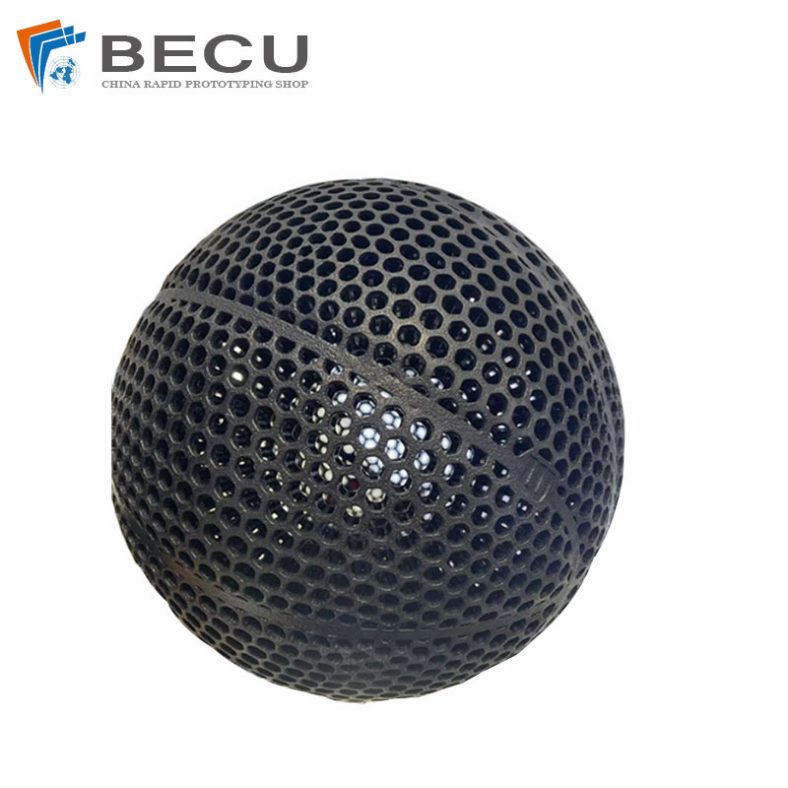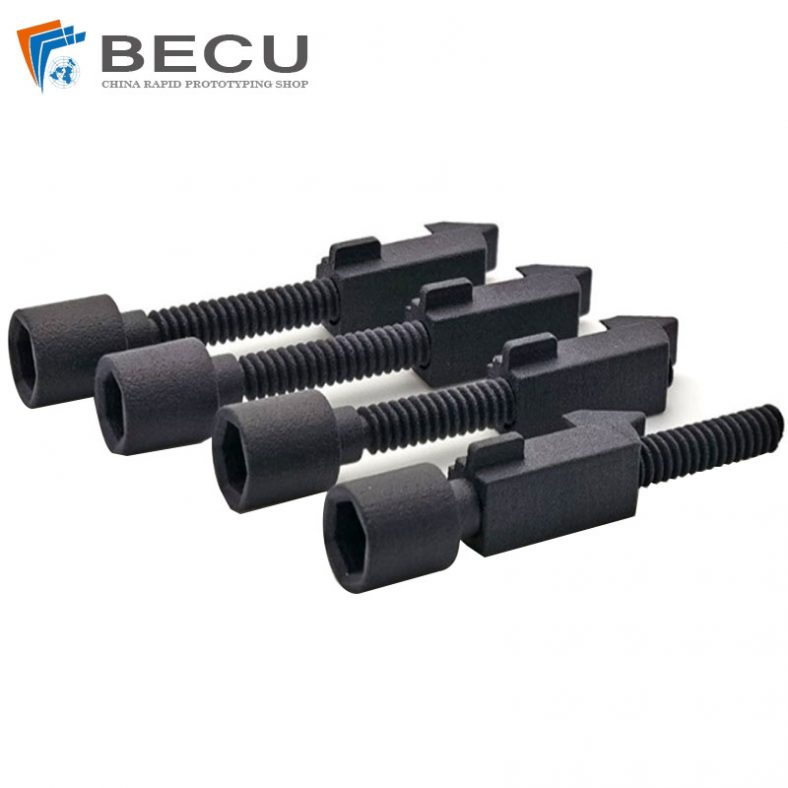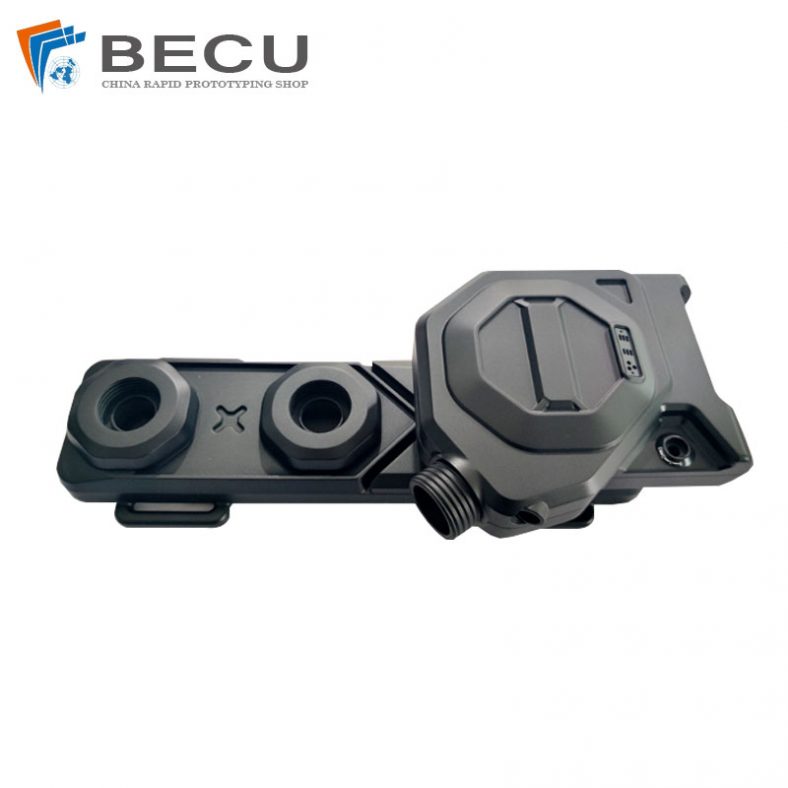Creating 3D printed nylon parts that are one meter in size can be an exciting and challenging endeavor. The process involves careful planning, specialized equipment, and a deep understanding of 3D printing techniques. Nylon, a durable and versatile material, is favored for its strength, flexibility, and resistance to impact, making it an excellent choice for large-scale applications. In this comprehensive guide, we’ll delve into the step-by-step process of 3D printing one meter nylon parts, exploring the necessary equipment, software, considerations, and best practices to achieve successful outcomes.

Understanding 3D Printing with Nylon
In the realm of additive manufacturing, 3D printing with nylon has gained significant traction due to its remarkable strength, durability, and versatility. Nylon, a synthetic polymer known for its toughness and flexibility, presents a range of possibilities for creating functional and complex parts. We will delve into the specifics of 3D printing with nylon, exploring its properties, advantages, printing techniques, and applications.
1. Selecting the Right 3D Printer
When aiming to produce one-meter nylon parts, the choice of 3D printer becomes crucial. Industrial-grade printers with large build volumes are essential. Printers equipped with Fused Filament Fabrication (FFF) or Selective Laser Sintering (SLS) technology are commonly used for printing nylon. The printer’s build plate size should accommodate the dimensions of the desired part.
2. Material Selection
Nylon filament or powder suitable for 3D printing is available in various grades and compositions. Choosing the right type of nylon material depends on factors such as mechanical properties, heat resistance, and intended use of the final part. Additionally, ensuring that the selected nylon material is compatible with the chosen 3D printing technology is critical.
3. CAD Design Preparation
Create or obtain a precise Computer-Aided Design (CAD) model of the part to be printed. Properly preparing the CAD file includes ensuring it is scaled accurately to fit the desired dimensions and that it meets the specific requirements for 3D printing with nylon. This step is crucial for achieving the intended design and functionality of the final part.
4. Preparing the 3D Printer
Calibrate the 3D printer according to manufacturer specifications. This includes ensuring the printer’s nozzle or laser is properly aligned, the build plate is leveled, and the temperature settings are optimized for printing with nylon. It’s crucial to follow manufacturer guidelines for the specific material being used to achieve the best print quality.
5. Printing Process
Load the nylon filament or powder into the printer’s extruder or chamber, respectively. Begin the printing process, monitoring the print job regularly to address any potential issues such as warping, layer adhesion, or printing defects. Proper ventilation and temperature control are crucial during the printing process to ensure optimal results.
6. Post-Processing and Finishing
Once the printing is complete, allow the part to cool down before removing it from the build plate. For SLS printing, remove excess powder from the printed part. Post-processing steps may include sanding, polishing, or applying surface treatments to enhance the part’s aesthetics or functionality.
Key Considerations and Best Practices
- Layer Height and Printing Speed: Adjust these settings for optimal print quality while maintaining efficiency.
- Support Structures: Depending on the part’s complexity, adding support structures may be necessary to prevent deformities during printing.
- Heat Management: Nylon tends to absorb moisture, affecting its printing properties. Properly store and handle nylon filament or powder in a dry environment to maintain print quality.
- Quality Control: Regularly inspect the printing process to catch potential issues early and ensure the part meets design specifications.
Can i making 1 Meter Nylon Parts by Glue Connection
Yes, it is possible to create a 1-meter nylon part by using glue or adhesives to connect smaller nylon components together. Gluing nylon parts together can be an effective method for joining them, especially for longer components.When bonding nylon parts using adhesives, consider the following:
- Selecting the right adhesive: Not all adhesives work well with nylon. Some adhesives specifically designed for bonding plastics, including nylon, will offer better adhesion and strength. Examples include cyanoacrylate (super glue), epoxy adhesives, or certain types of polyurethane adhesives.
- Surface preparation: Properly cleaning and preparing the surfaces to be bonded is crucial. Nylon surfaces should be clean, free of dirt, grease, and any contaminants that might hinder adhesion. Abrading or roughening the surfaces slightly can improve the bond by increasing the surface area for the adhesive to grip.
- Adhesive application: Follow the manufacturer’s instructions regarding the application of the adhesive. Apply the adhesive evenly and in the recommended amount to ensure a strong bond.
- Clamping and curing: After applying the adhesive, use clamps or other suitable methods to hold the parts together firmly while the adhesive cures. Follow the curing time recommended by the adhesive manufacturer to allow for proper bonding.
- Testing and quality control: Once the adhesive has cured, perform tests or checks to ensure the strength and integrity of the bond. This might involve stress testing or checking for any signs of weakness in the joint.
Gluing can be an effective way to create longer nylon parts by joining smaller components. However, it’s important to note that the strength of the bond will depend on various factors, including the type of adhesive used, surface preparation, and the application method. Additionally, for critical applications or load-bearing parts, consulting with adhesive specialists or engineers to select the appropriate adhesive and application technique is recommended.
Conclusion
Producing one-meter nylon parts through 3D printing involves a systematic approach, encompassing equipment setup, material selection, meticulous design preparation, and attentive printing and finishing processes. By understanding the nuances of printing with nylon and adhering to best practices, enthusiasts and professionals can create robust and functional parts for various industrial and creative applications.
The realm of 3D printing continues to evolve, and advancements in technology and materials contribute to expanding possibilities for creating large-scale nylon parts with precision and reliability. As you embark on your journey to produce one-meter nylon parts, continuous experimentation, learning, and adaptation will further refine your expertise and enable you to push the boundaries of what’s achievable in this innovative field.




